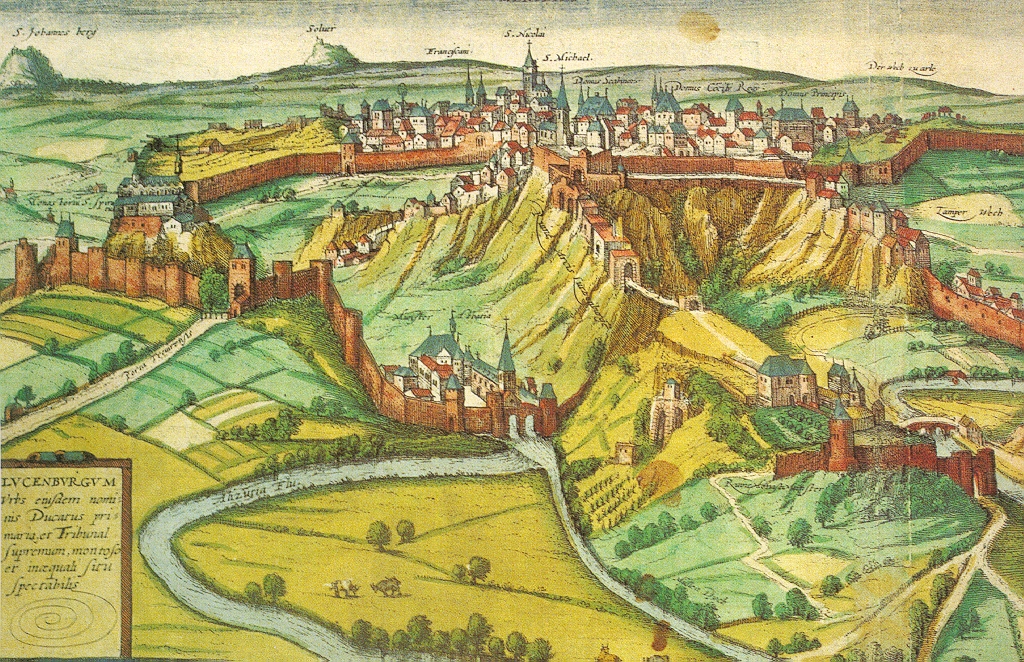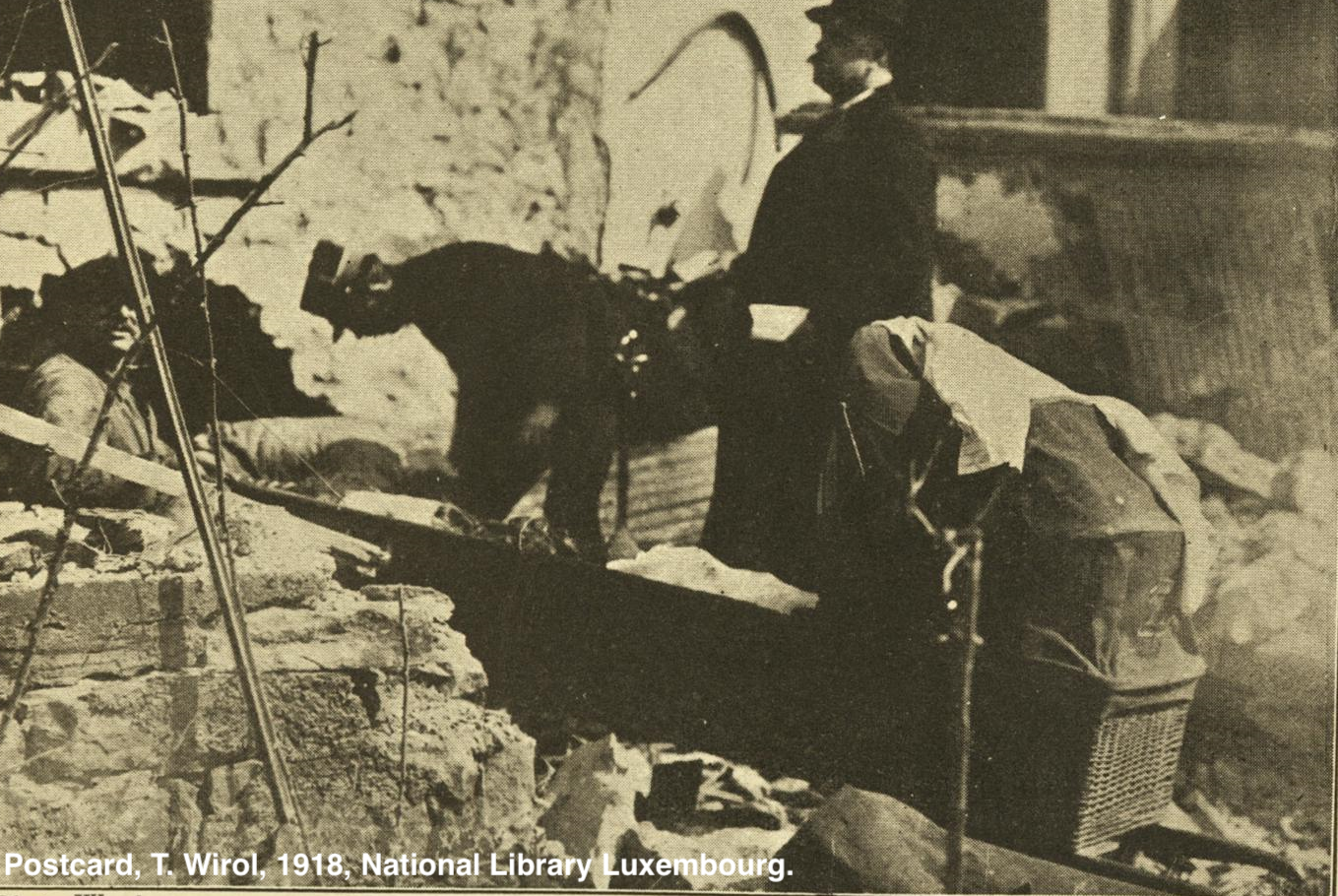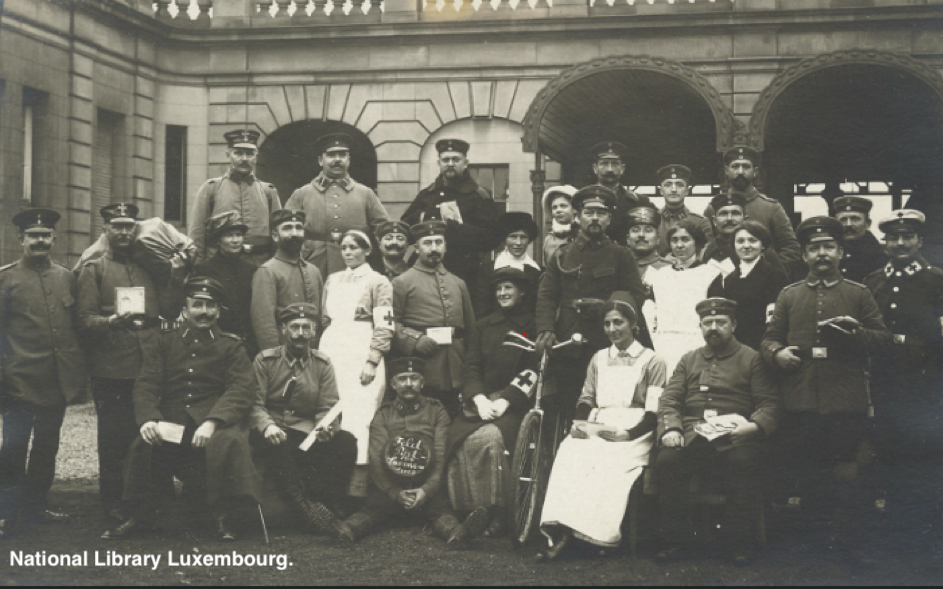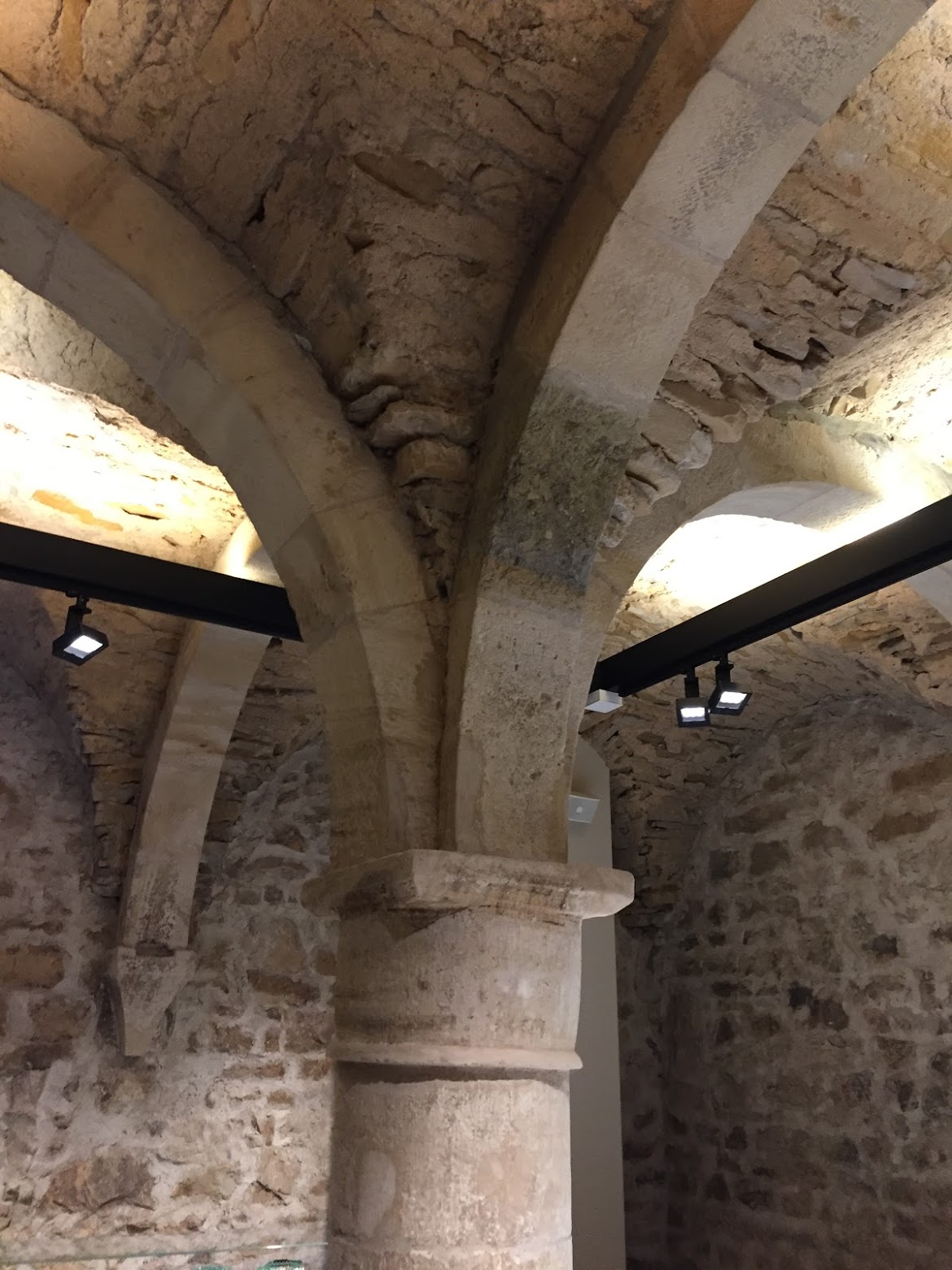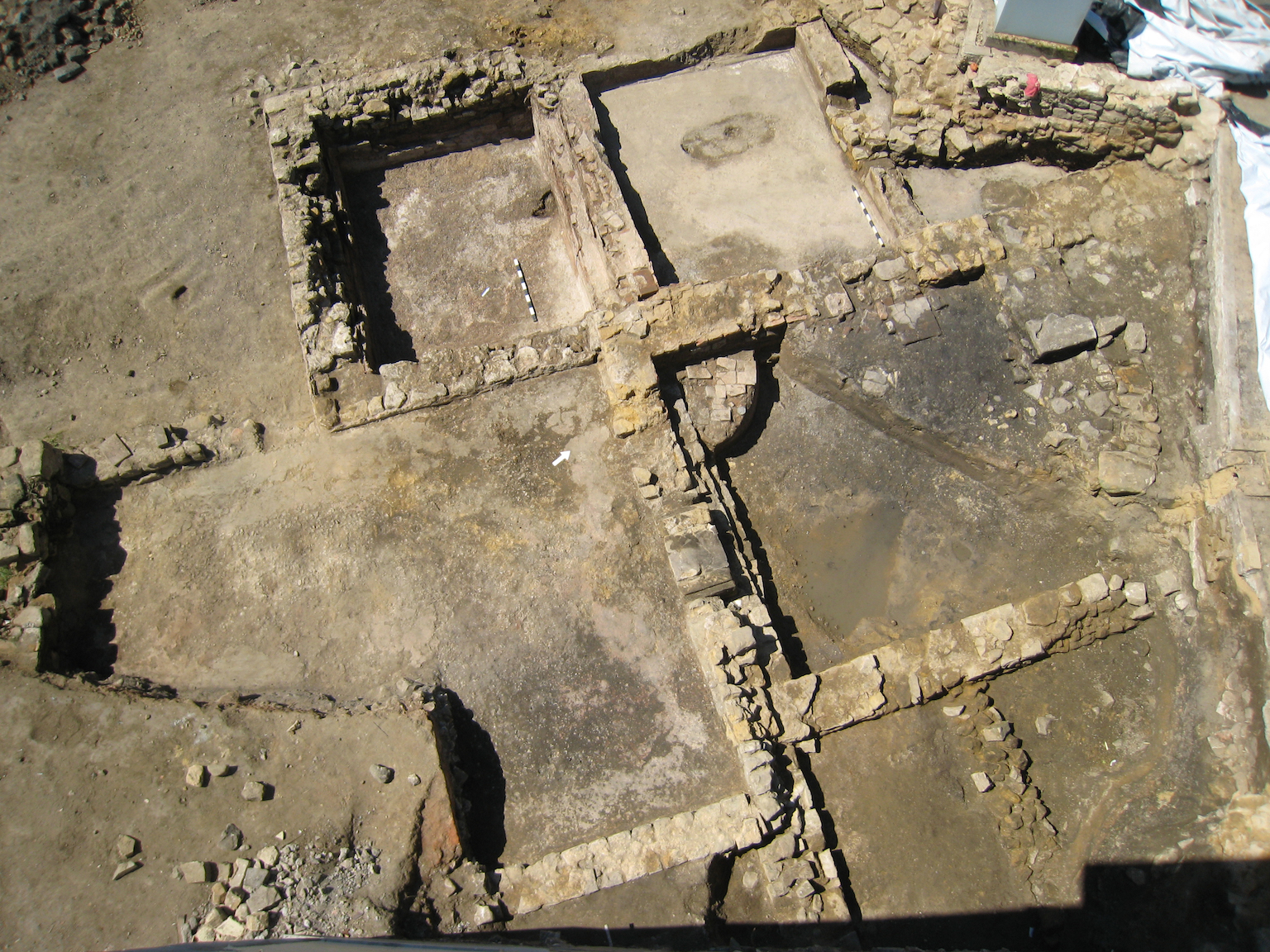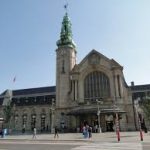History tours of the city of Luxembourg
Walking tours are a great way to learn about an area. Together with the students of their public history seminars “The City of Luxembourg in Public Presentation”, historians Michel Pauly and Marie-Paule Jungblut work out mobile historic tours, which lead users to points of interest of the city of Luxembourg from the 10th to the 20th century.
The tours use the online platform izi.TRAVEL, which is available free on the Web (PC), with a smart phone or tablet in the AppStore, on GooglePlay or Microsoft. The app created by the students includes a current map of Luxembourg and integrates sound, text and film. Importantly, it presents current historical thinking, which may present a different perspective on the past than is widely held by the public. With their smartphones users may learn about the past by walking five km routes. Other users may use the app at home learning from numerous illustrations and video clips. On foot or at home, the app is nothing less than a digital history book.

